‘Salvific Pain’ and the Health-giving Presence of Mary in the Thought and Life of John Paul II
We may enter the feast day of Our Lady of Health, which is held especially dear by our Camillian tradition, with a discourse that comes from the thought and the life of faith of St. John Paul II, a man of God who experienced suffering in all its 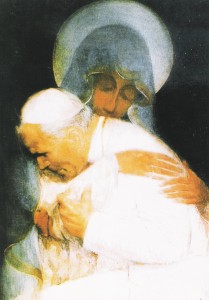 abysmal character but who also experienced in all its tenderness the maternal and ‘health-giving’ embrace of Mary. Totus Tuus…
abysmal character but who also experienced in all its tenderness the maternal and ‘health-giving’ embrace of Mary. Totus Tuus…
Through his long pontificate the world knew John Paul II as a dynamic person, a greater traveller – like no other Pope before him – who took the Word of God everywhere. But it also knew him as he who through suffering revealed the face of God, of Jesus Christ, to the whole of humanity.
Through his life John Paul II showed to every man that suffering is a challenge that can be received and lived with Christ and that it has meaning only in Christ. In suffering one can grow united to Christ; in suffering one take part with Christ in the redemption.
For John Paul II self-giving was not only an abstraction but a life that he lived in himself, through illness, and outside himself as well, during the years of his pontificate: every person was important for him; for every person he had some kind words or a gesture of sincere compassion.
Through the whole of his existence, John Paul II lived love by loving every human being, in whatever condition they may have been, whatever weakness of need they may have had. Love is a synonym for love. For humanity it is a mystery to understand this direct and indissoluble link between suffering and love; however if we look at Mary we easily understand the path to follow.
Mary remained with Christ on Calvary; she remained at the side of John Paul II during his suffering. Shortly before his death, when by now he was totally weakened by his illness, in the speech of his last Angelus which he had given to Archbishop Sandri so that he could read it, Pope John Paul II wrote the following words: ‘joy is united to the Cross which contains in itself the Christian mystery’. When we look at the whole of the existence of John Paul II we can certainly say that joy united to the Cross contains in itself the mystery of his saintliness.
From the Encyclical of John Paul II ‘Salvifici Doloris’ (11 February 1984)
The Gospel of Suffering
The witnesses of the Cross and Resurrection of Christ have handed on to the Church and to mankind a specific Gospel of suffering. The Redeemer himself wrote this Gospel, above all by his own suffering accepted in love, so that man “should not perish but have eternal life”. This suffering, together with the living word of his teaching, became a rich source for all those who shared in Jesus’ sufferings among the first generation of his disciples and confessors and among those who have come after them down the centuries.
It is especially consoling to note – and also accurate in accordance with the Gospel and history– the that at the side of Christ, in the first and most exalted place, there is always his Mother through the exemplary testimony that she bears by her whole life to this particular Gospel of suffering. In her, the many and intense sufferings were amassed in such an interconnected way that they were not only a proof of her unshakeable faith but also a contribution to the redemption of all. In reality, from the time of her secret conversation with the angel, she began to see in her mission as a mother her “destiny” to share, in a singular and unrepeatable way, in the very mission of her Son. And she very soon received a confirmation of this in the events that accompanied the birth of Jesus in Bethlehem, and in the solemn words of the aged Simeon, when he spoke of a sharp sword that would pierce her heart. Yet a
further confirmation was in the anxieties and privations of the hurried flight into Egypt, caused by the cruel decision of Herod.
And again, after the events of her Son’s hidden and public life, events which she must have shared with acute sensitivity, it was on Calvary that Mary’s suffering, beside the suffering of Jesus, reached an intensity which can hardly be imagined from a human point of view but which was mysterious and supernaturally fruitful for the redemption of the world. Her ascent of Calvary and her standing at the foot of the Cross together with the Beloved Disciple were a special sort of sharing in the redeeming death of her Son. And the words which she heard from his lips were a kind of solemn handing-over of this Gospel of suffering so that it could be proclaimed to the whole community of believers.
As a witness to her Son’s Passion by her presence, and as a sharer in it by her compassion, Mary offered a unique contribution to the Gospel of suffering, by embodying in anticipation the expression of Saint Paul which was quoted at the beginning. She truly has a special title to be able to claim that she “completes in her flesh”– as already in her heart – “what is lacking in Christ’s afflictions “.
In the light of the unmatchable example of Christ, reflected with singular clarity in the life of his Mother, the Gospel of suffering, through the experience and words of the Apostles, becomes an inexhaustible source for the ever new generations that succeed one another in the history of the Church. The Gospel of suffering signifies not only the presence of suffering in the Gospel, as one of the themes of the Good News, but also the revelation of the salvific power and salvific significance of suffering in Christ’s messianic mission and, subsequently, in the mission and vocation of the Church…
While the first great chapter of the Gospel of suffering is written down, as the generations pass, by those who suffer persecutions for Christ’s sake, simultaneously another great chapter of this Gospel unfolds through the course of history. This chapter is written by all those who suffer together with Christ, uniting their human sufferings to his salvific suffering. In these people there is fulfilled what the first witnesses of the Passion and Resurrection said and wrote about sharing in the sufferings of Christ. Therefore in those people there is fulfilled the Gospel of suffering, and, at the same time, each of them continues in a certain sense to write it: they write it and proclaim it to the world, they announce it to the world in which they live and to the people of their time.
Down through the centuries and generations it has been seen that in suffering there is concealed a particular power that draws a person interiorly close to Christ, a special grace. To this grace many saints, such as Saint Francis of Assisi, Saint Ignatius of Loyola and others, owe their profound conversion. A result of such a conversion is not only that the individual discovers the salvific meaning of suffering but above all that he becomes a completely new person. He discovers a new dimension, as it were, of his entire life and vocation. This discovery is a particular confirmation of the spiritual greatness which in man surpasses the body in a way that is completely beyond compare. When this body is gravely ill, totally incapacitated, and the person is almost incapable of living and acting, all the more do interior maturity and spiritual greatness become evident, constituting a touching lesson to those who are healthy and normal.






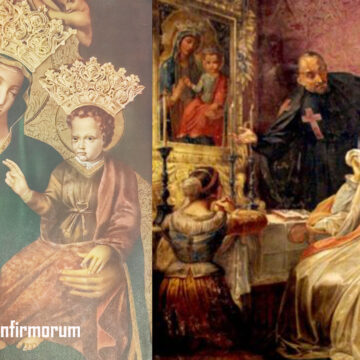

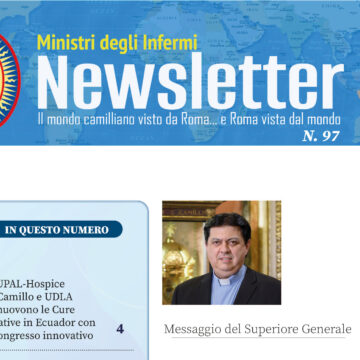
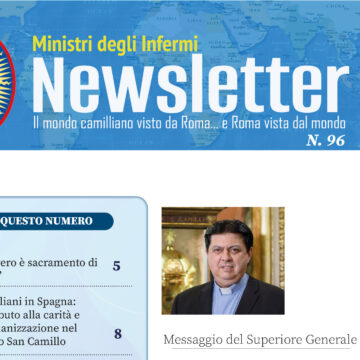


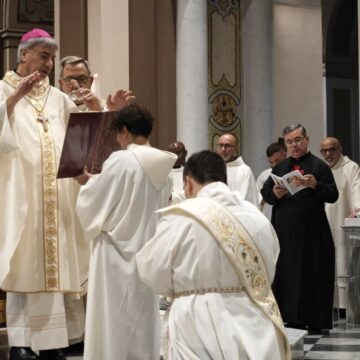
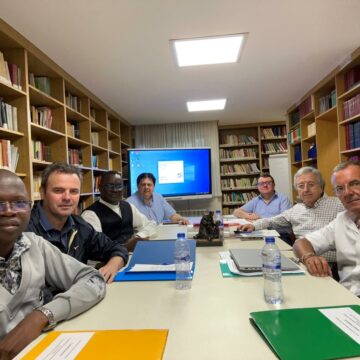
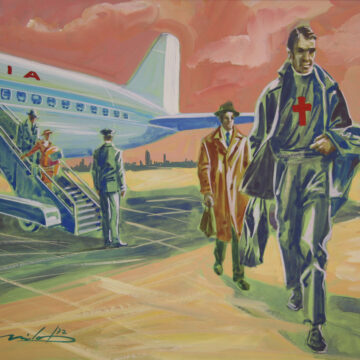
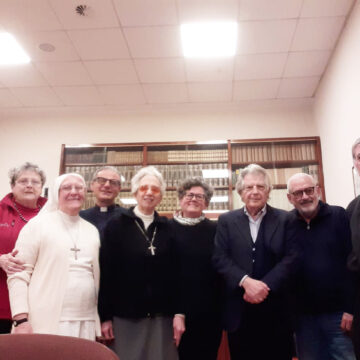
Camillians on Facebook
Camillians on Twitter
Camillians on Instagram